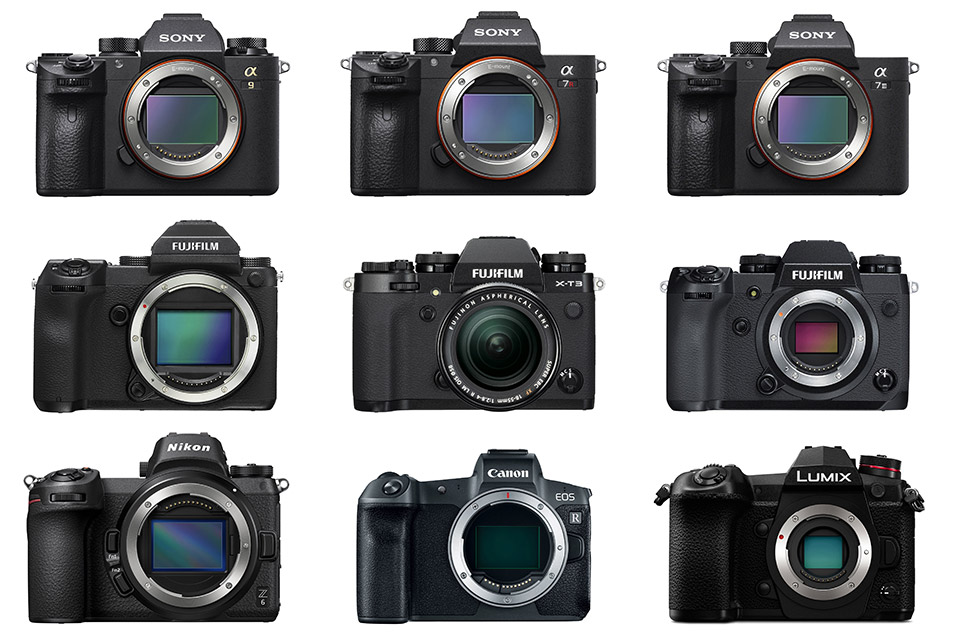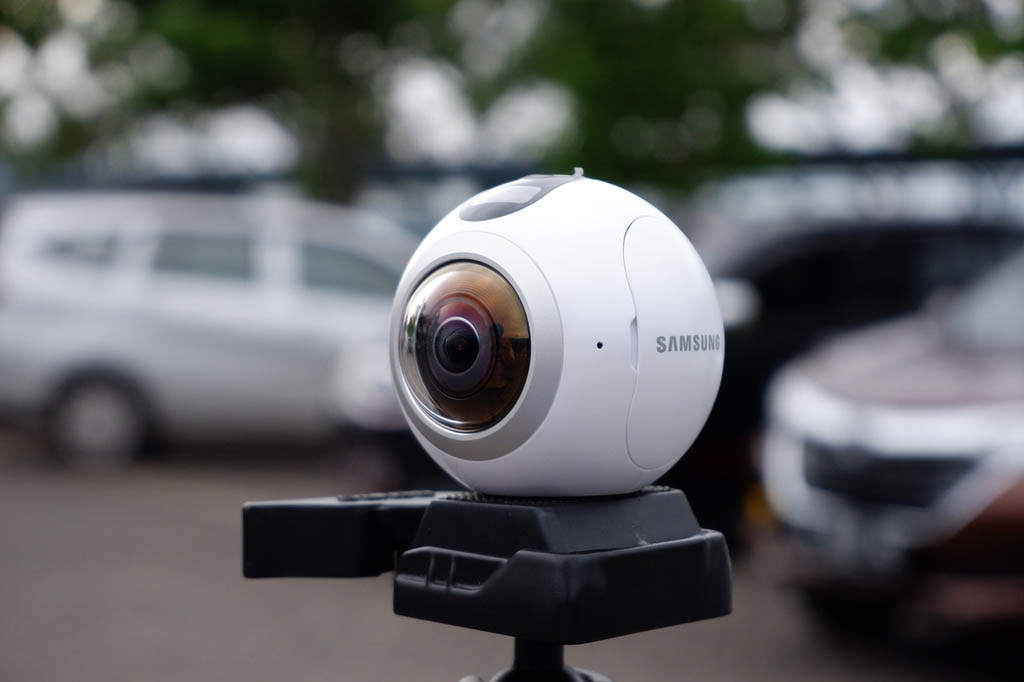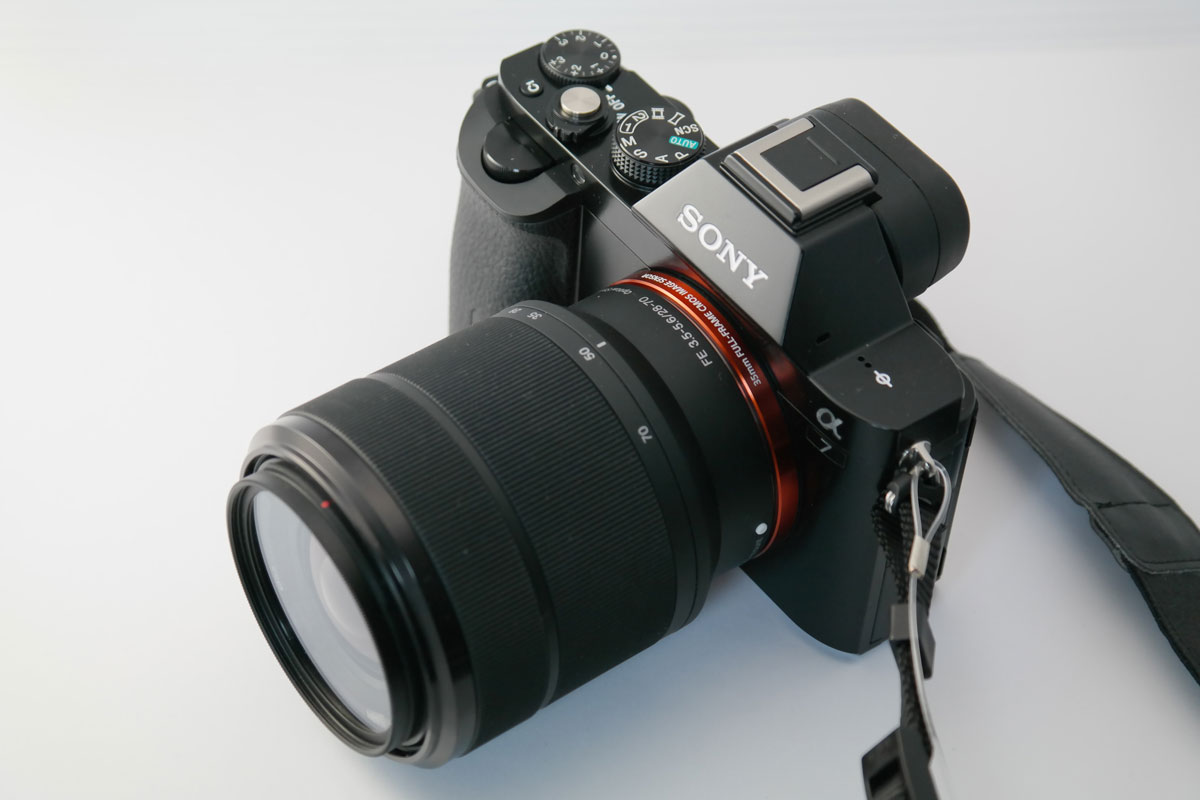The Evolving Landscape of the Photography Industry: Embracing Technological Innovations
The photography industry has witnessed a seismic shift over the past few decades. It drives primarily by rapid technological advancements. From the days of analog film to the present digital age, the evolution of photography is a testament to human ingenuity. The relentless pursuit of capturing and sharing moments with unprecedented clarity and creativity motivates the future photography.
The Digital Revolution
The advent of digital photography in the late 20th century marked a pivotal moment in the industry. The transition from film to digital cameras revolutionized how photographers approached their craft. Digital cameras offered immediate feedback, eliminating the wait time associated with film development. This shift democratized photography, making it accessible to a broader audience and sparking a surge in the number of amateur photographers.
Moreover, digital cameras have continuously evolved. Today’s models boast high-resolution sensors, advanced autofocus systems, and exceptional low-light performance. Mirrorless cameras, in particular, have gained popularity due to their compact size and superior image quality. Companies like Sony, Canon, and Nikon have been at the forefront of this innovation, consistently pushing the boundaries of what’s possible in digital imaging.
Smartphone Photography: The Ubiquitous Camera
The integration of high-quality cameras into smartphones has arguably had the most profound impact on the photography industry. Modern smartphones are equipped with multiple lenses, AI-driven image processing, and computational photography capabilities that can rival traditional cameras in many scenarios. The convenience of having a powerful camera in one’s pocket at all times has transformed how we document our lives, making photography an integral part of everyday activities.
Social media platforms like Instagram, Snapchat, and TikTok have further fueled this trend. These platforms not only provide a space for sharing photographs but also offer various tools for editing and enhancing images, encouraging creativity and self-expression. The rise of influencers and content creators has created new opportunities within the industry, blending photography with marketing and entertainment.
The Role of Artificial Intelligence
Artificial Intelligence (AI) has emerged as a game-changer in the photography industry. AI-powered features are now standard in many cameras and smartphones, assisting with everything from autofocus and exposure settings to scene recognition and photo editing. For instance, Google’s Pixel phones use AI to enhance photos through techniques like HDR+ and Night Sight, which dramatically improve image quality in challenging lighting conditions.

AI is also revolutionizing post-processing. Software like Adobe Photoshop and Lightroom leverage AI to offer sophisticated editing tools that were previously unimaginable. Features like content-aware fill, auto-tagging, and facial recognition streamline the editing process, allowing photographers to focus more on their creative vision rather than technical adjustments.
The Rise of Drones and Action Cameras
Drones and action cameras have opened up new frontiers in photography, offering perspectives that were once impossible to achieve. Drones equipped with high-resolution cameras can capture stunning aerial shots, making them invaluable for landscape photography, real estate marketing, and cinematography. Companies like DJI have become synonymous with drone photography, continually innovating with features like obstacle avoidance and automated flight paths.

Action cameras, popularized by brands like GoPro, have become essential tools for adventure photographers and videographers. These rugged, compact cameras are designed to withstand extreme conditions, enabling photographers to capture immersive footage from unique angles. The combination of portability and durability has made action cameras a staple in sports, travel, and wildlife photography.
Virtual and Augmented Reality
Virtual Reality (VR) and Augmented Reality (AR) are pushing the boundaries of how we experience and interact with photographs. VR allows viewers to immerse themselves in a 360-degree environment, offering a sense of presence and depth that traditional photos cannot match. Photographers can create virtual tours, enabling audiences to explore locations from the comfort of their homes.
AR, on the other hand, overlays digital information onto the real world, enhancing the way we view and engage with images. Apps like Snapchat and Instagram utilize AR to add filters and effects to photos in real-time, while other applications allow users to visualize how artwork would look on their walls or how products would fit into their homes.
The Future of Photography
The future of the photography industry looks incredibly promising, with ongoing advancements poised to further transform the landscape. Innovations in sensor technology, AI, and computational photography will continue to push the boundaries of image quality and creative possibilities. Moreover, as 5G networks become more widespread, the ability to instantly share high-resolution images and videos will become even more seamless.
Sustainability is also becoming a focus, with companies exploring eco-friendly materials and manufacturing processes. The integration of sustainable practices will ensure that the industry evolves responsibly, balancing technological progress with environmental considerations.
Conclusion
The photography industry is in the midst of a technological renaissance. The convergence of digital advancements, AI, mobile technology, and immersive media is reshaping how we capture, edit, and share images. As these technologies continue to evolve, they will undoubtedly unlock new creative horizons, enabling photographers with photographic ethics to push the limits of their art and connect with audiences in ever more profound ways.
Pics credit: pexels











fascinating